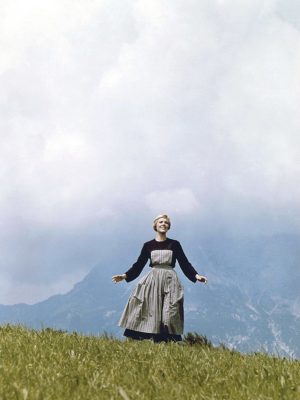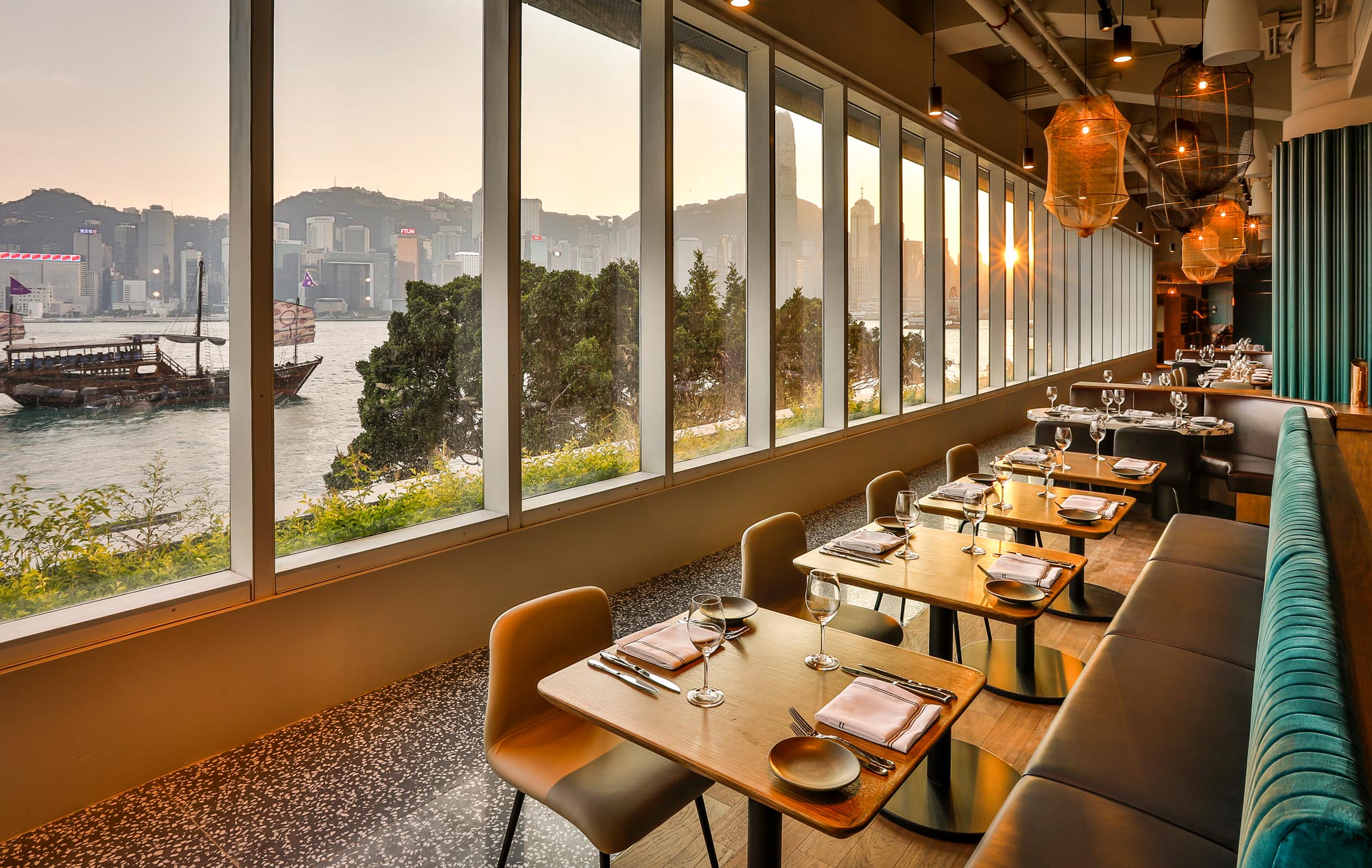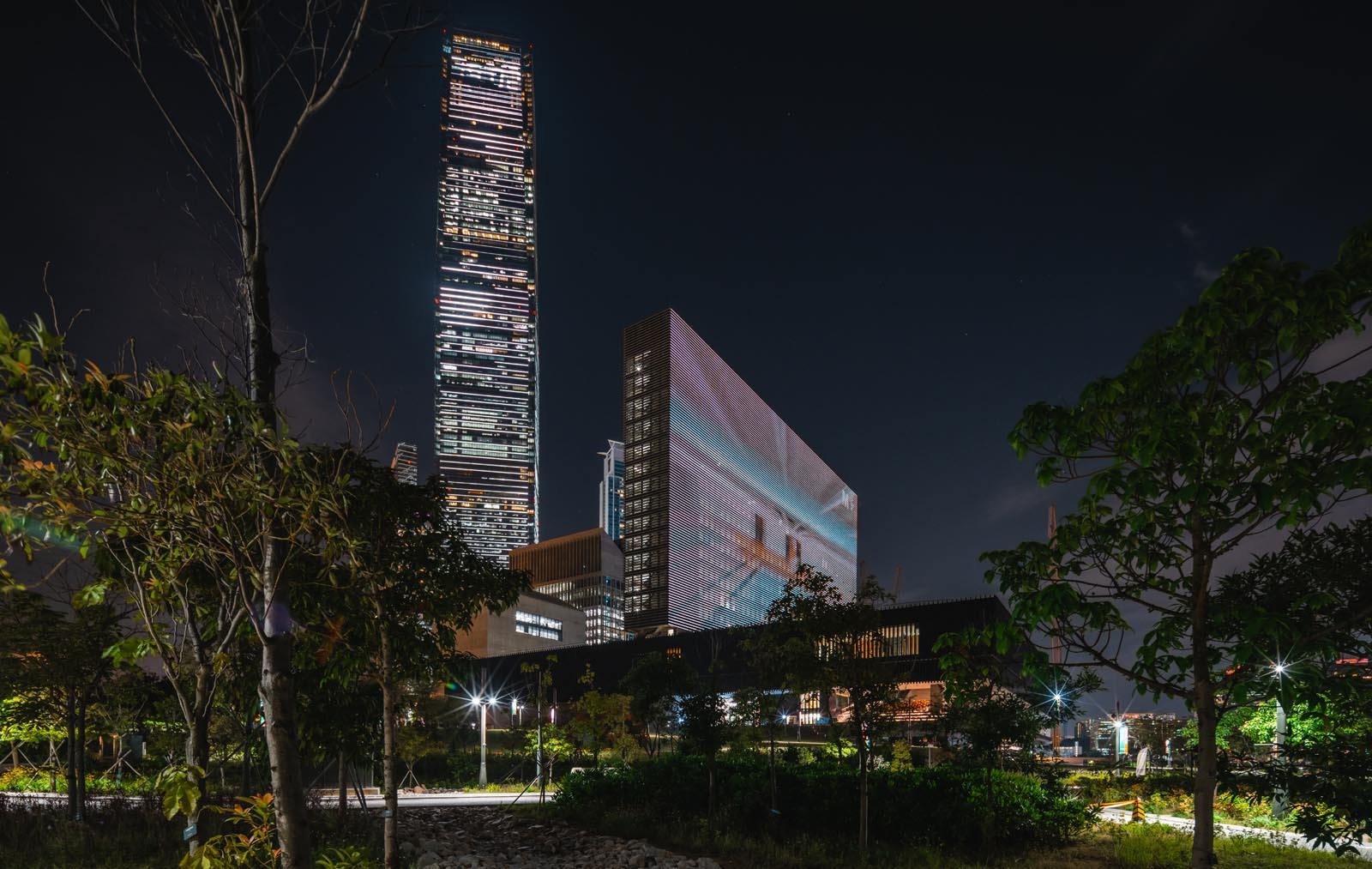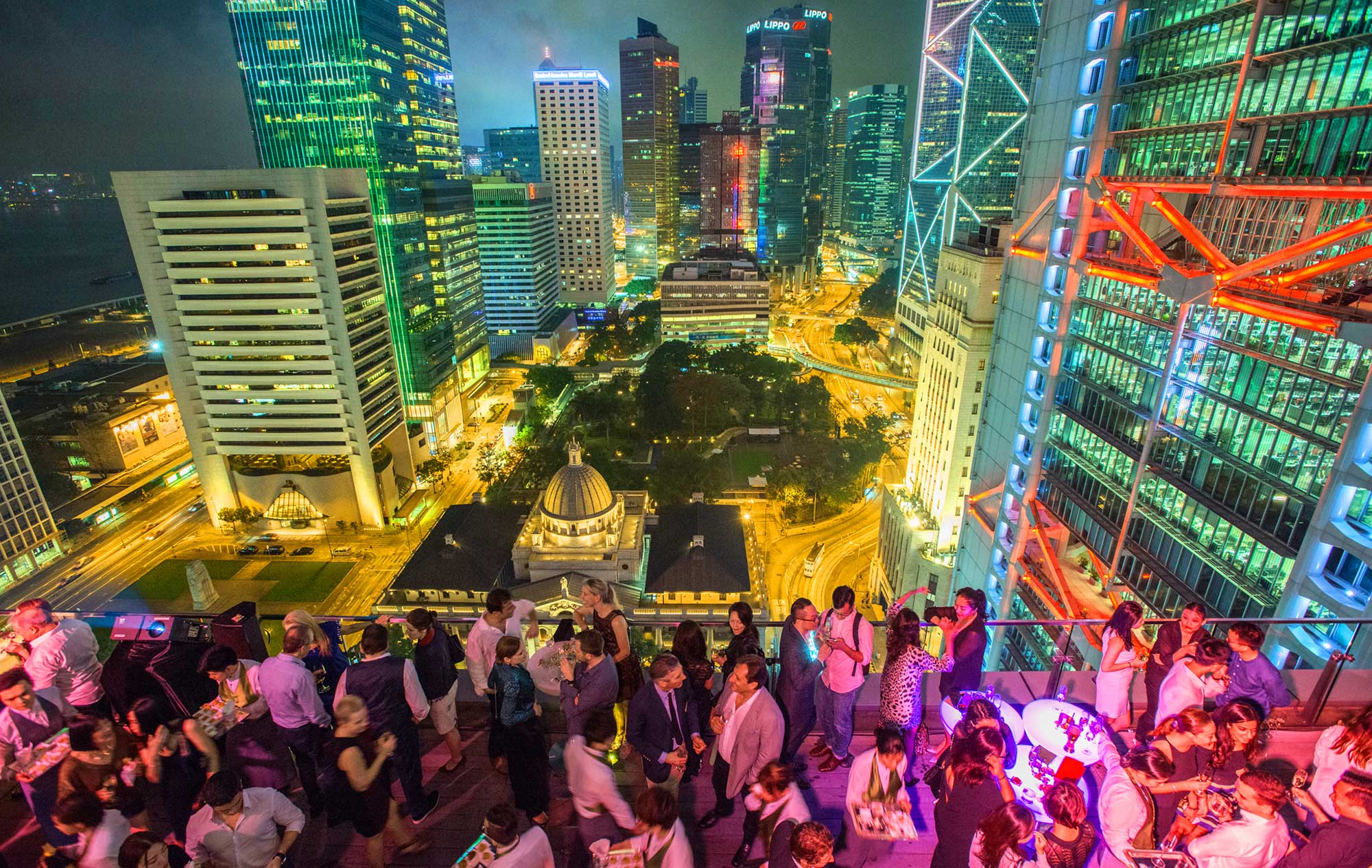You run a tourist board for a country, a city, even a small province or town. You want to show off the many and varied wonders of your destination. So you think: could you make your own film? Or could you tempt a big-league director to set their next project in your neighbourhood? All you have to do is offer a tax break or two, close a few streets, hope there aren’t too many unsavoury scenes – and hope even more fervently that people go and see the thing.
These films are the kind of productions that make tourism board people weep with joy and pray that their destination may, too, join the elite group of places that have been changed forever by a movie.
The Sound of Music (1965)
To say the Austrian city of Salzburg has a musical reputation is like saying Venice has a couple of canals. The birthplace of Mozart has always attracted visitors entranced by the mountains, lakes and baroque architecture, as well as the music. But when Julie Andrews skipped up an alpine meadow, flung her arms out wide and belted, ‘The hills are alive/With the sound of music’, a new era in movie-related tourism began. More than half a century later, the streets of Salzburg today are still thronged with ladies in pinafores escorting adoring tour groups.
Left: COLLECTION CHRISTOPHEL © Robert Wise Productions/Argyle Enterprises; Right: © 2019 WBEI
Doctor Zhivago (1965)
British director David Lean inspired a generation of filmmakers –Spielberg among them – with his mastery of epic landscape and narrative. After his Lawrence of Arabia kickstarted desert tourism, especially in Jordan’s Wadi Rum, Lean’s adaptation of Boris Pasternak’s novel of romance and revolution inspired generations of travellers to seek the wild beauty of the Russian countryside. But this was at the height of the Cold War: the filming mainly took place in… Spain.
2001: A Space Odyssey (1968)

Director Stanley Kubrick chose to film, as he always did later in his career, near his home close to the English market town of St Albans. It’s not a very lunar landscape, so for those sequences a back-up crew headed to the spectral deserts of Namibia. Many other places on our planet have doubled for others – Tunisia for Star Wars, Jordan for The Martian. But the southwest African country is the go-to Lunar Landing Place No 1.
The Italian Job (1969)
From a swinging London full of stylish geezers to blasting through the streets of Turin in Mini Coopers – this is Europe’s jokey answer to the American road movie. You’ll want to visit the road above the reservoir at Ceresole Reale for the location of the movie’s infamous final scene: just don’t try to emulate it.
The Way of the Dragon (1972)
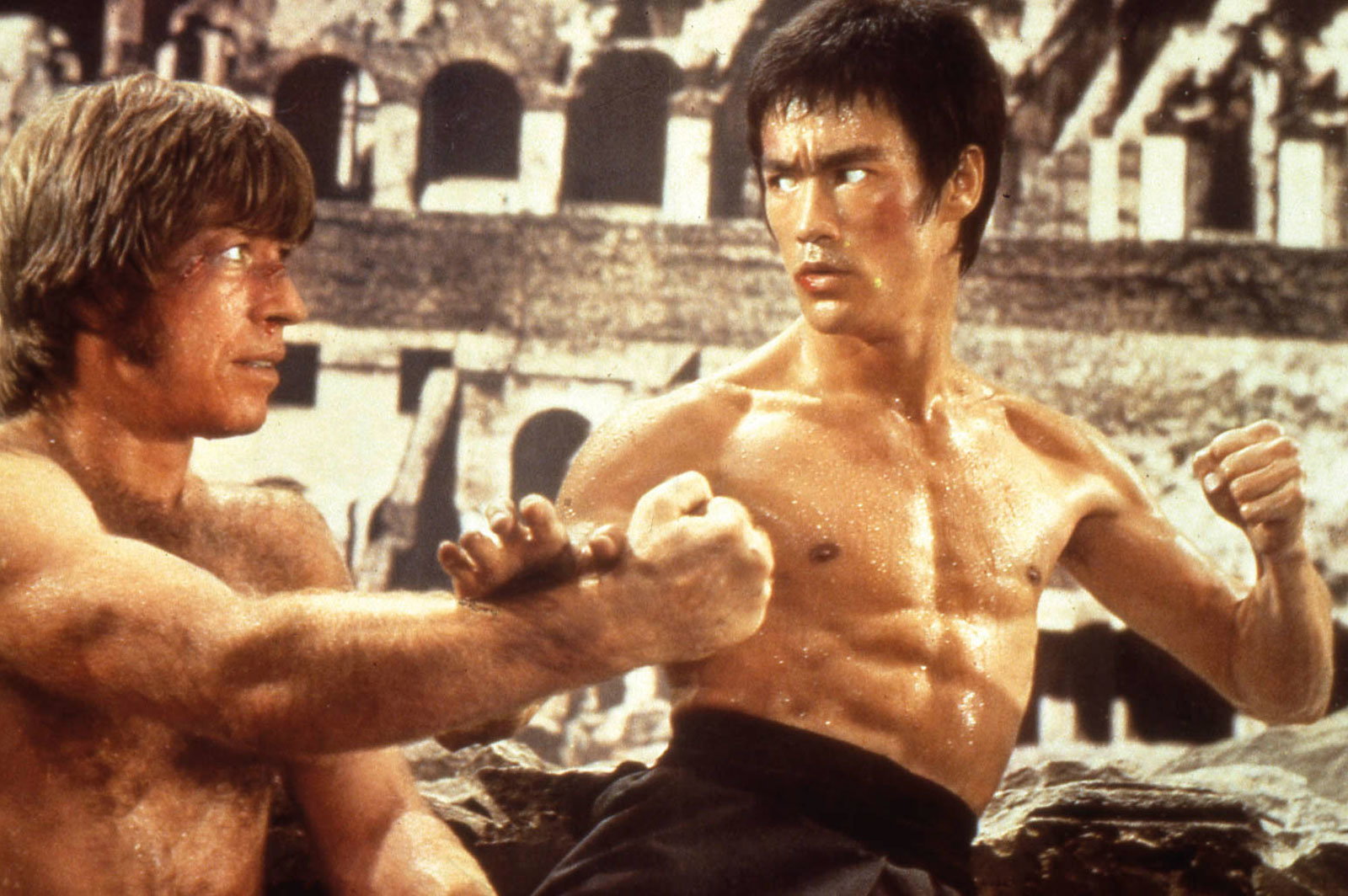
Pure Hong Kong – gangsters, restaurants and a man with glistening biceps who takes out whole gangs of extras with his bare hands. But this Bruce Lee hit is actually set in Rome. He showed off his directing as well as martial arts skills in the final fight scene – Lee and Chuck Norris, two modern gladiators on the ramparts of the Colosseum.
The Man with the Golden Gun (1974)
We could do a whole magazine on James Bond locations. His inventor, Ian Fleming, exploited the allure of exotic and glamorous locations for readers in a grey, post-war world. Once the filmmakers took over, the location scouts really went to town. But there’s only one place where the suave British spy has gone from visitor to map marker: Khao Phing Kan and Ko Ta Pu (now renamed ‘James Bond Island’) in Thailand’s Phang Nga Bay.
Blade Runner (1982)
Los Angeles, 2019. That’s the setting for Ridley Scott’s rain-soaked, neon-lit, futuristic masterpiece. LA didn’t turn out much like that. But at the time, Scott certainly had Hong Kong and Tokyo in mind – not to mention the industrial northeast of England, where he grew up.
Local Hero (1983)

There is an acerbic wit beneath this seemingly gentle tale of a Scottish village and Texan oil execs. But it’s the landscape, the lochs and the light that brought more visitors to the Highlands than any film since Brigadoon. Even today, there are dozens of little settlements where they’ll assure you ‘Local Hero was filmed here’. If it’s the famous red phone box you’re after, head to Pennan in Aberdeenshire.
Crocodile Dundee (1986)
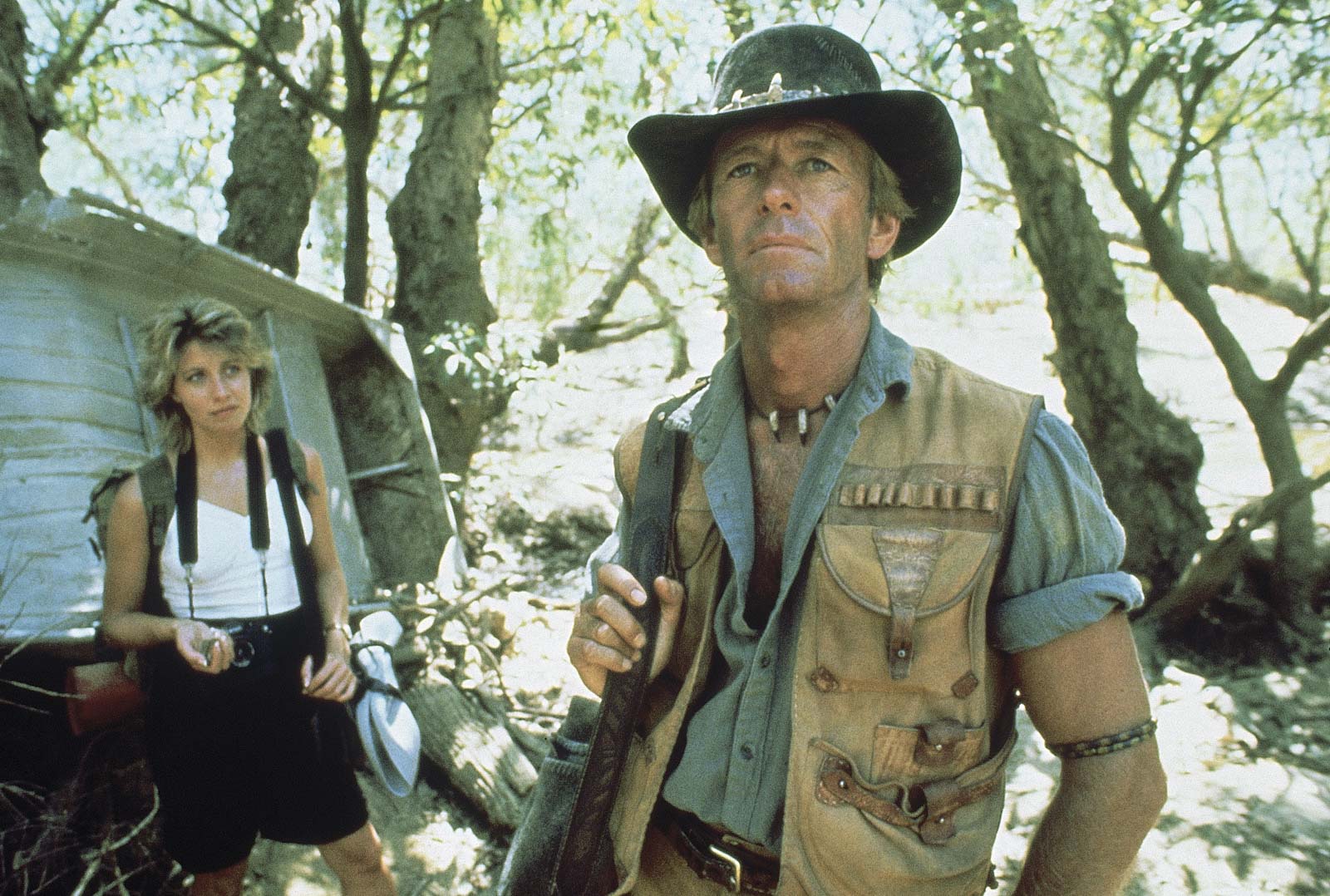
While Americans might have heard of Australia before Crocodile Dundee, relatively few ventured there. That all changed after the rip-roaring success of Paul Hogan’s yarn about a Northern Territories larrikin let loose in New York City. No matter that most of the action is set in NYC; Crocodile Dundee was a vision of Australia – but also Australianism – that brought the tourists to the southern continent after the movie became the second highest grossing film of the year in the US.
An Autumn’s Tale (1987)
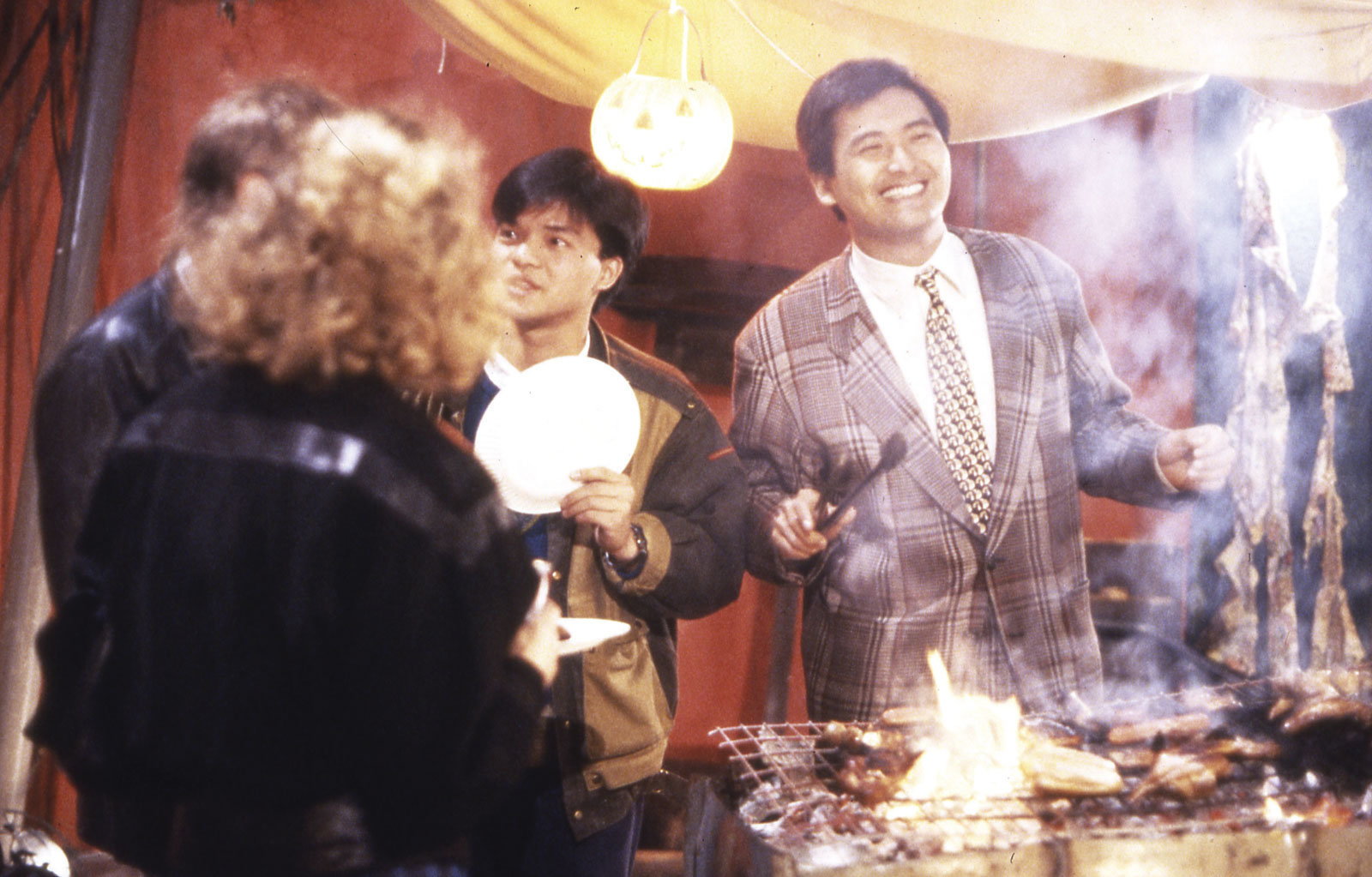
This Hong Kong movie about a rocky relationship stars Chow Yun-fat as a foul-mouthed, chain-smoking waiter who works in a cheap Chinese restaurant in NYC. It’s set against the backdrop of the Brooklyn Bridge, Greenwich Street, the Lower East Side and, of course, Chinatown. Typical NYC locations, but rendered all the more romantic by the story of unrequited love that has fans coming back, even 30 years on.
The Piano (1993)
A little girl in white sitting on a piano on a deserted windswept beach. A mute woman in Victorian dress standing next to her. It’s one of the most arresting opening sequences in modern cinema. And a decade before fellow New Zealander Peter Jackson showed up to shoot The Lord of the Rings, Jane Campion inspired curious travellers to seek out the primeval beauty of her land – in this case, Karekare beach, a short drive southwest of Auckland.
The Lion King (1994)
Out of Africa captured travel budgets. But it was Disney’s animated musical that really set young hearts dreaming of Africa. Modelled on the national parks of Kenya, it’s safe to say the movie inspired a generation of safari-goers – as indeed might its CGI remake, out in cinemas this month.
Before Sunrise (1995)
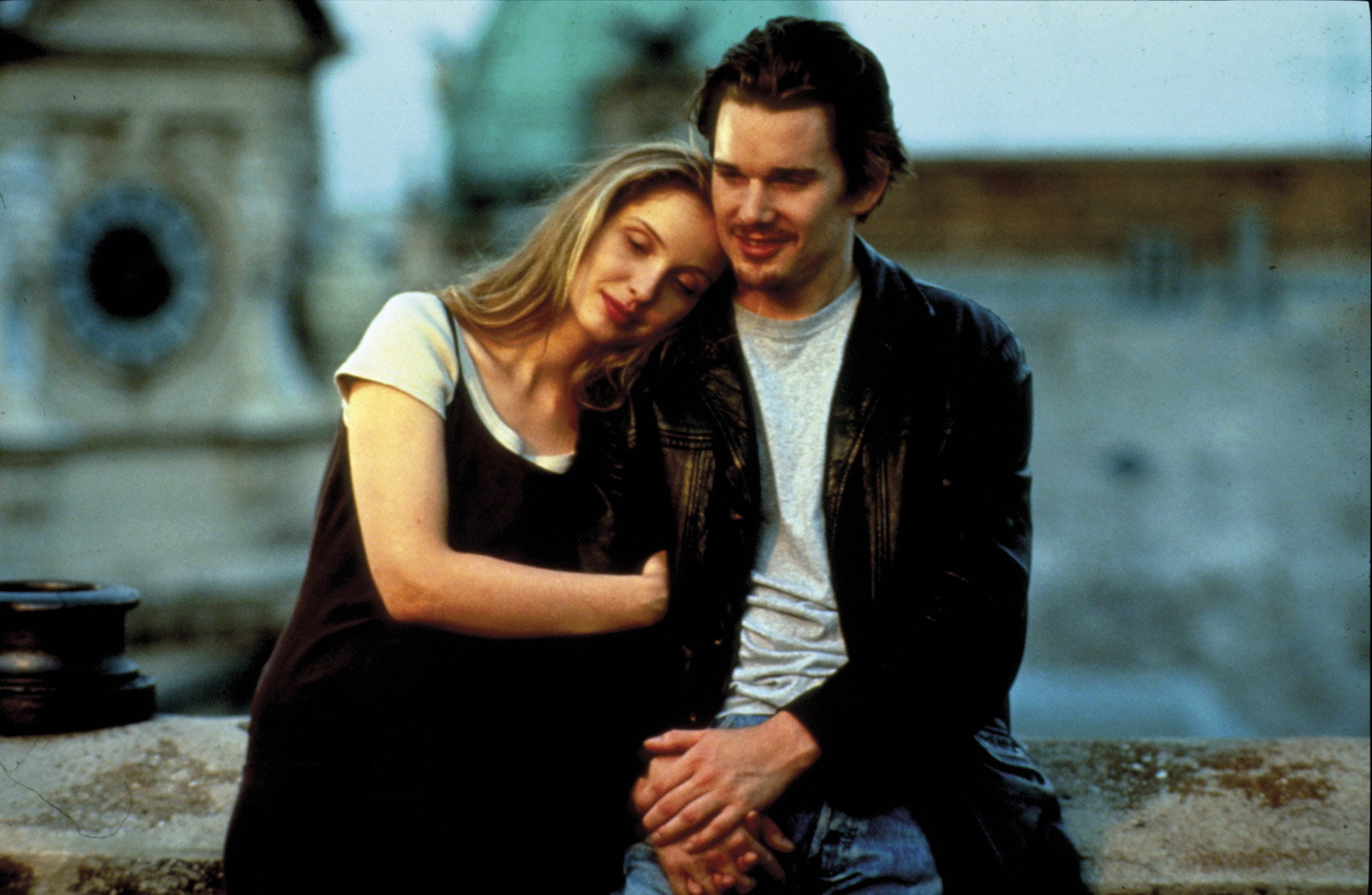
Few movies are equal parts romantic drama and walking tour, but Richard Linklater’s utterly charming Before Sunrise is exactly that. American Jesse (Ethan Hawke) convinces the French Céline (Julie Delpy) to get off a train with him and spend a night walking around Vienna. The couple wanders through the city, from Ferris wheel to record store to wine bar, while expounding on their theories of life and love. In the equally wonderful sequel, Before Sunset, they do the same nine years later in Paris.
Notting Hill (1999)
Four Weddings and a Funeral prompted a mini-boom in tourists wanting an ‘English-style’ wedding and a naughty night in a country house hotel. For the sequel, writer Richard Curtis produced a love letter to his own West London district. Struggling bookshop owner Will Thacker (Hugh Grant) meets Anna Scott, a Hollywood superstar (Julia Roberts). When it was made, it was just plausible that a Will might live in Notting Hill. Today, only Anna could afford it.
The Beach (2000)
And the Award for Best Irony goes to Danny Boyle’s movie about young backpackers escaping the tourist hordes to find a secret beach – whose real-life location, Maya Bay on Koh Phi Phi Leh, subsequently became so popular among the tourist hordes that the Thai authorities had to close it to the public.
Crouching Tiger, Hidden Dragon (2000)
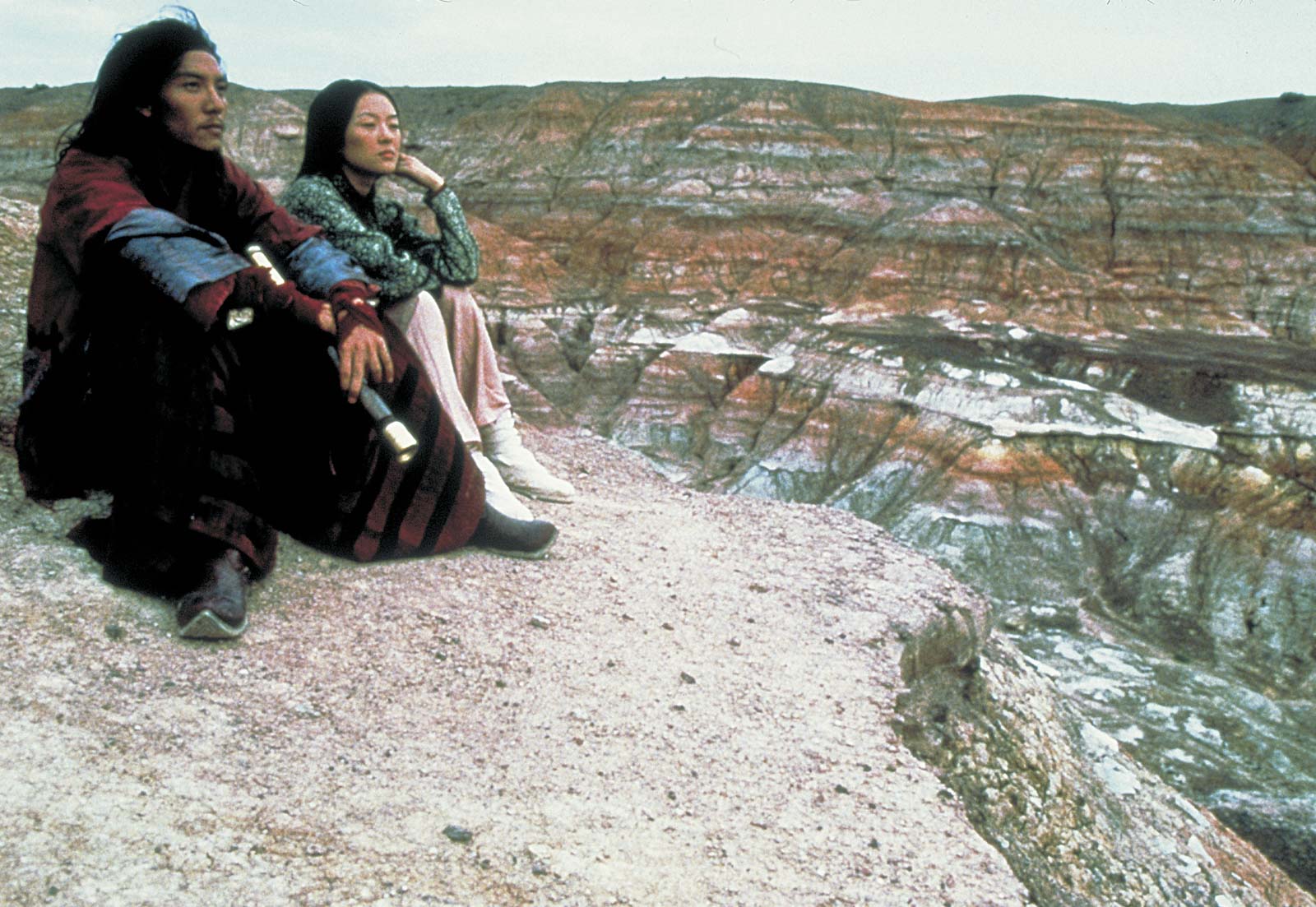
You could see this Oscar-winning wuxia classic as a brilliant travelogue wrapped in an intriguing martial arts story. With locations ranging from the picturesque waterside village of Hongcunzhen in Anhui to spectacular views of the Gobi desert and the stunning cliffside architecture of Mount Cangyan in Hebei, director Ang Lee served up some of the best destinations China has to offer.
Moulin Rouge! (2001)
Besuited men did not sing 1970s glam-rock songs in late 19th century Paris, and you can’t see the Eiffel Tower from an attic window in Montmartre. But for an evocation of that magical Parisian district, Baz Luhrmann’s movie is strangely… accurate. It’s rivalled only by a slightly more realistic – but not by much – homegrown film which came out the same year: Amélie.
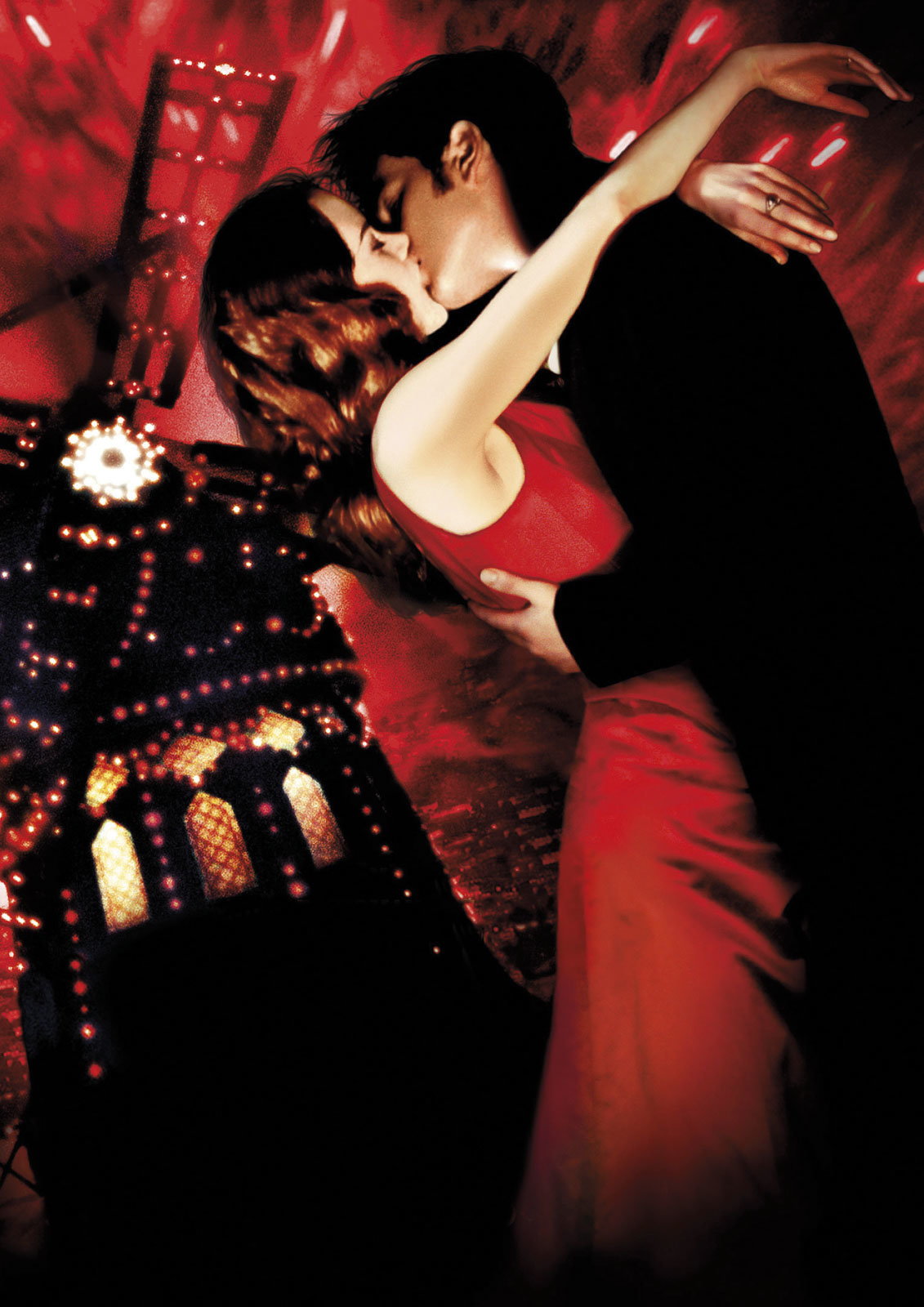
Tomb Raider (2001)
You visit Cambodia’s Angkor Wat, and you’re meant to be transporting yourself back to the time of the 12th century Khmer kings. But a single look at those ruined walls with the banyan trees strangling the brickwork and only one image comes to mind: Angelina Jolie in tight shorts and biker boots.
The Lord of the Rings Trilogy (2001-2003)
You have to feel sorry for England’s West Midlands and Oxford and all the surrounding shires. That’s where a man called JRR Tolkien was brought up and lived his life as a professor with a particular interest in ancient sagas. Those places and those books inspired first The Hobbit and then The Lord of the Rings. But now New Zealand owns it. Sorry, Heart of England tourist board.
The Bourne trilogy (2002-2007)

It’s t-shirts not tuxedos, backstreets not boulevards, grit not glam. Apart from that, the Bourne movies are Bond-like in their geographic scope. Director Doug Liman (Identity) set the Europe-spanning vibe, but it was Paul Greengrass (Supremacy, Ultimatum) who trained his ex-documentary maker, former journalist’s lens on the escapades of his rogue agent to create a subdued globetrotting aesthetic for the times.
Finding Nemo (2003)
It’s a cartoon that, for a brief period, had every child under 10 begging their parents to buy them a clownfish. Pester power also led to even greater numbers of families heading to Australia’s Great Barrier Reef. We wonder how many of those clownfish owners turned into environmental campaigners and marine biologists?
Lost in Translation (2003)
Has any hotel in history ever profited more from a movie than the Park Hyatt in Tokyo? It just goes to show that a story about loneliness and alienation is no barrier to tourism marketing joy.
Initial D (2005)
This Hong Kong production is an adaptation of the popular Japanese street racing manga, and the stars of the show are the steep, hairpin turn-packed roads of Japan’s mountainous Gunma prefecture. But visitors needn’t leap into souped-up Subarus to take in the scenery – several ropeways offer sky-high views without the high-octane risk.
Ratatouille (2007)

It is a truth universally acknowledged (see Moulin Rouge!) that any film set in Paris will contain at least one shot of its protagonist gazing out of their window at the Eiffel Tower. But the real gut-punch of this animated movie is the moment snobby critic Anton Ego takes a single bite of his dish and is transported back to his youth in a French countryside kitchen. Nothing’s made us want to trip around the villages of Languedoc more.
Mamma Mia! (2008)
Abba songs, a feelgood story and a Greek island: the recipe for what was then the most successful musical ever. It made the fortunes of Skopelos Island in the same way a very different film, Captain Corelli’s Mandolin, had lured visitors to Kefalonia a few years earlier. Croatia nabbed the rights to host 2018’s Mamma Mia: Here We Go Again, which just shows how competitive the world of location tourism has become. If you’re so inspired, find out how to follow in the cast’s footsteps on the Croatian island of Vis.
The Best Exotic Marigold Hotel (2011)

A characterful cast of British pensioners takes over a hotel in a Rajasthan village near Udaipur: a hotel you can stay in, no less. The movie spawned a second film, a reality TV series – and a host of (easy-on-the-knees) themed tours of India’s Golden Triangle.
Life of Pi (2012)
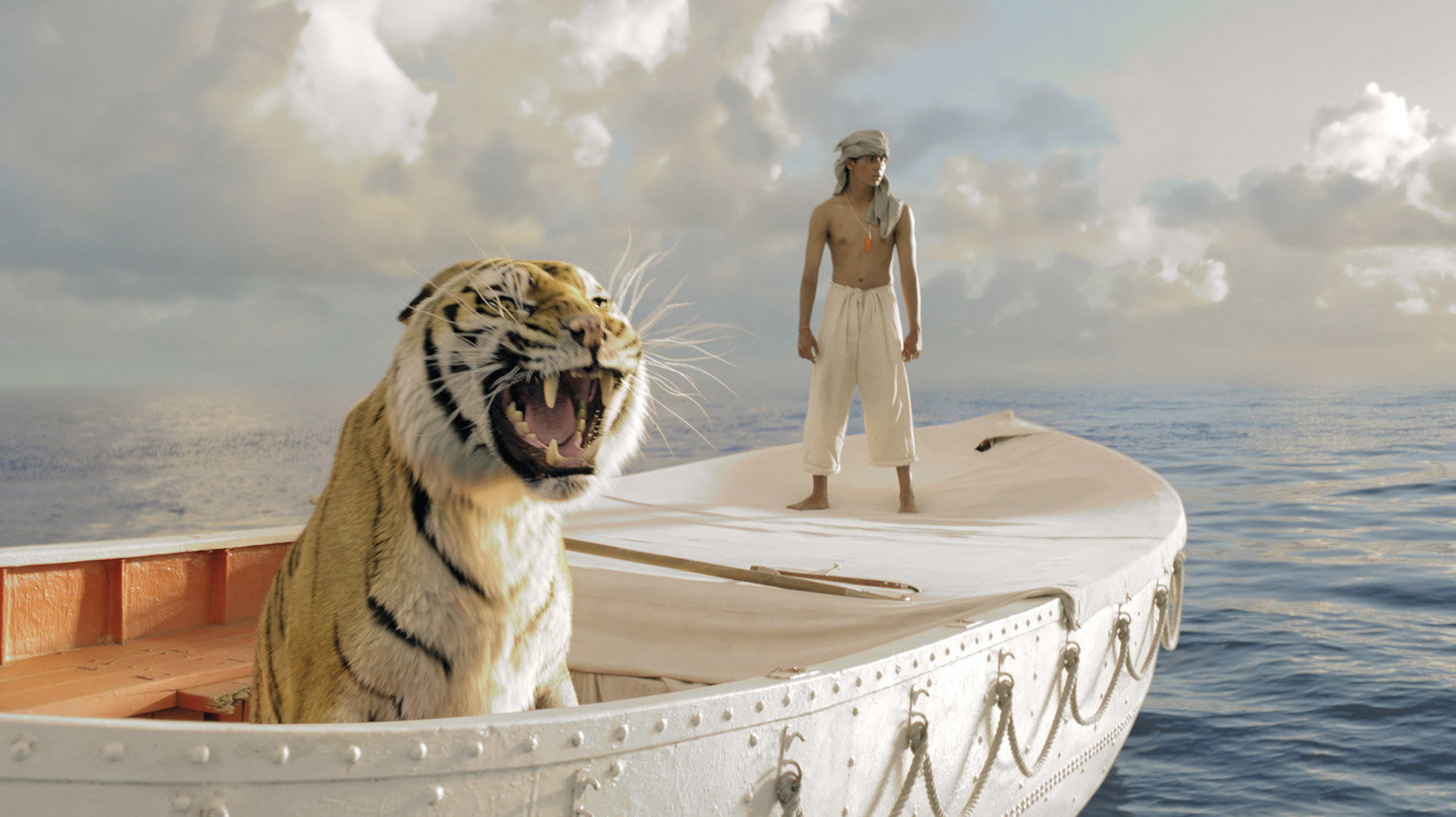
India again. Before the plot sets sail for a wide and allegorical Pacific Ocean, director Ang Lee takes us to a highly stylised, idealised Pondicherry (today’s Puducherry). The last remnant of French India is still rich in architectural history: but don’t expect many tigers.
Frozen (2013)
It’s on 70 per cent of the backpacks owned by little girls around the world – and on quite a few bucket lists, too. But where in the world is Arendelle, the kingdom where Elsa and Anna have their adventures? Norway has had the most credible crack at the gargantuan Frozen market. Head to Bergen, the fjords beyond, Oslo’s Akershus Fortress and – if you or your parents have the budget and the fleece layers – the wild Arctic archipelago of Svalbard.
The Grand Budapest Hotel (2014)
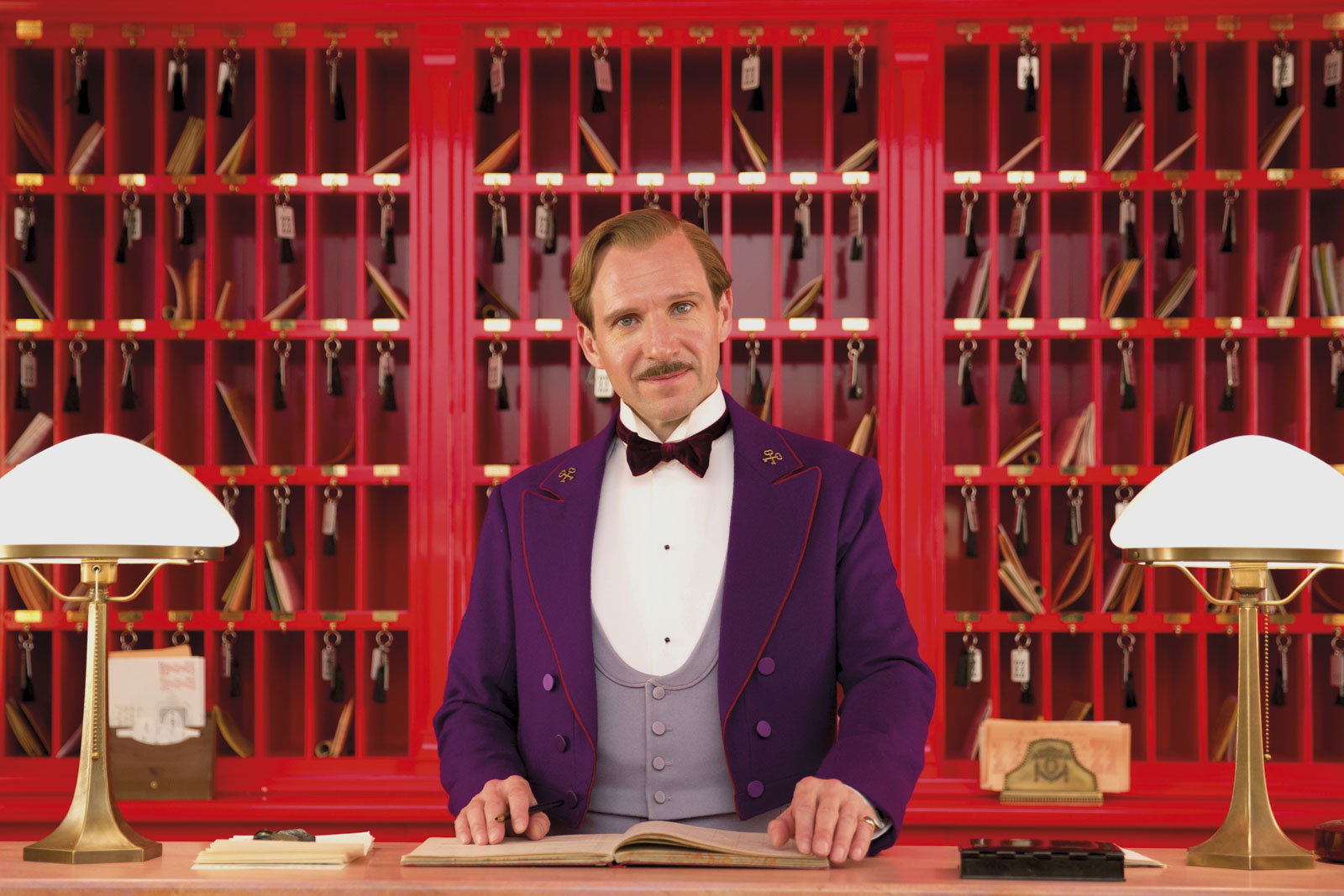
The hotel is not real, nor is the country (Zubrowka). But it makes you yearn for acres of red velvet, hectares of marble, several tonnes of wrought iron, balconies and turrets. Director Wes Anderson namechecked the Gellért hotel in, yes, Budapest and the Carlo IV in Prague. We’d add The Imperial in Vienna, Le Château Frontenac in Quebec and Badrutt’s Palace Hotel in St Moritz.
Crazy Rich Asians (2018)
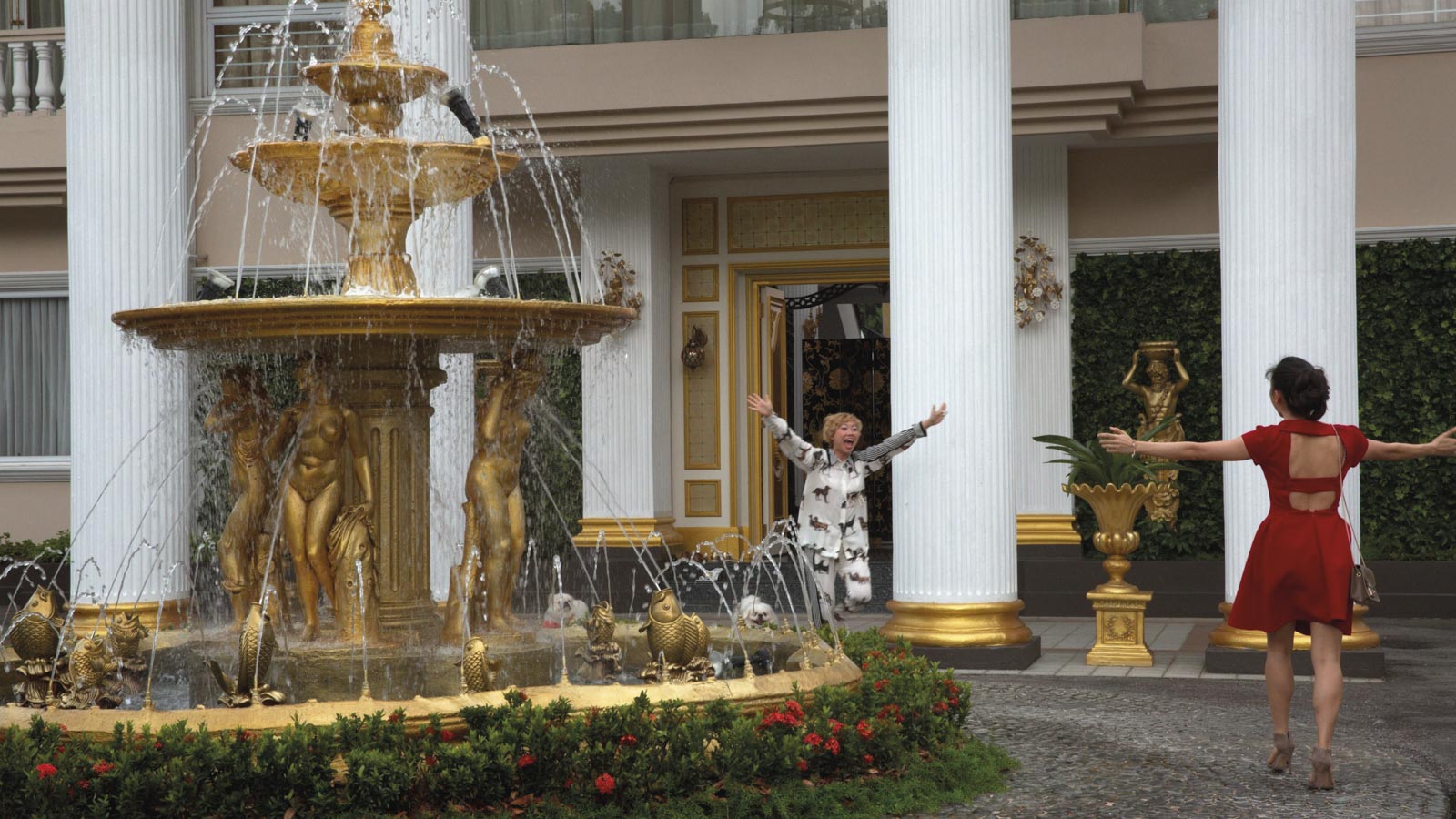
Plenty of people saw this as a documentary about Singapore – mansions, boutiques, luxury condos, the Marina Bay Sands and hawker centres. That, or a tourist video. (Curious? Here’s a guide to five stunning Crazy Rich Asian locations.) As a rom-com, it rocked the US and left China cold. But be sure of one thing: with the China-set sequel already in development, the hotels, tourist boards and posh brands are hustling their product placement people to be a part of it.




